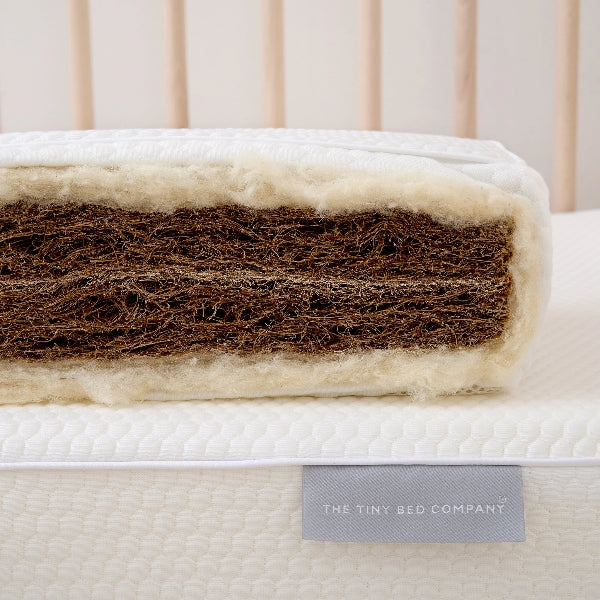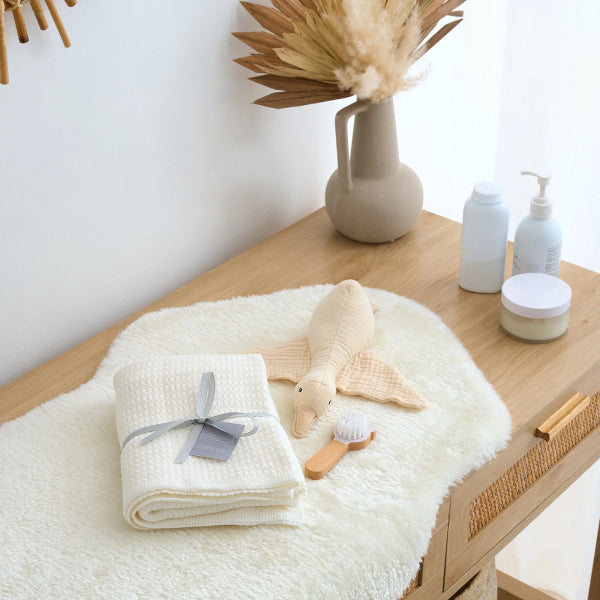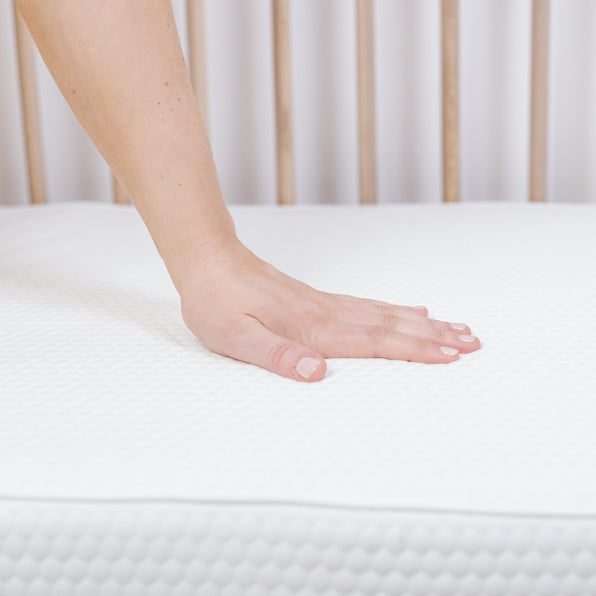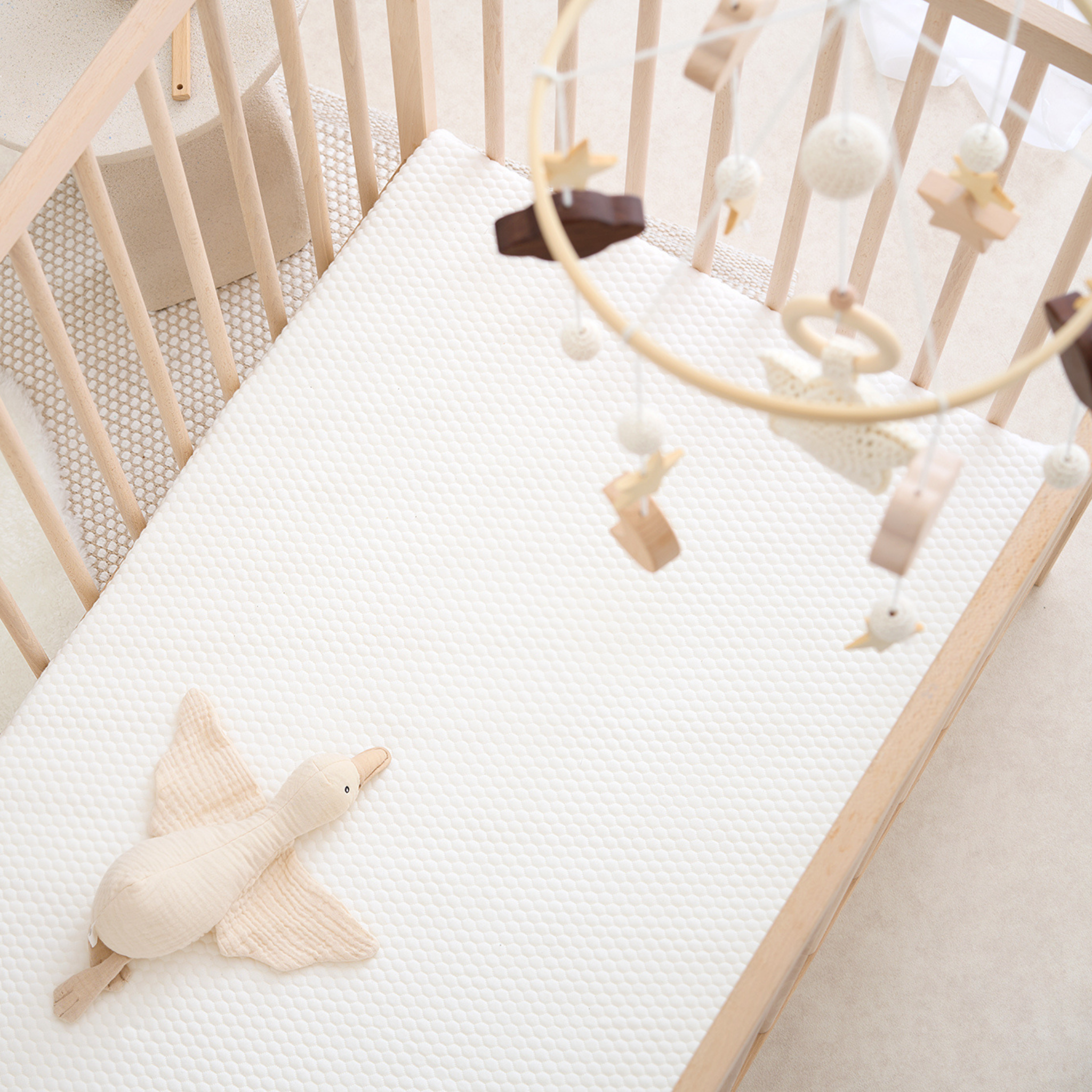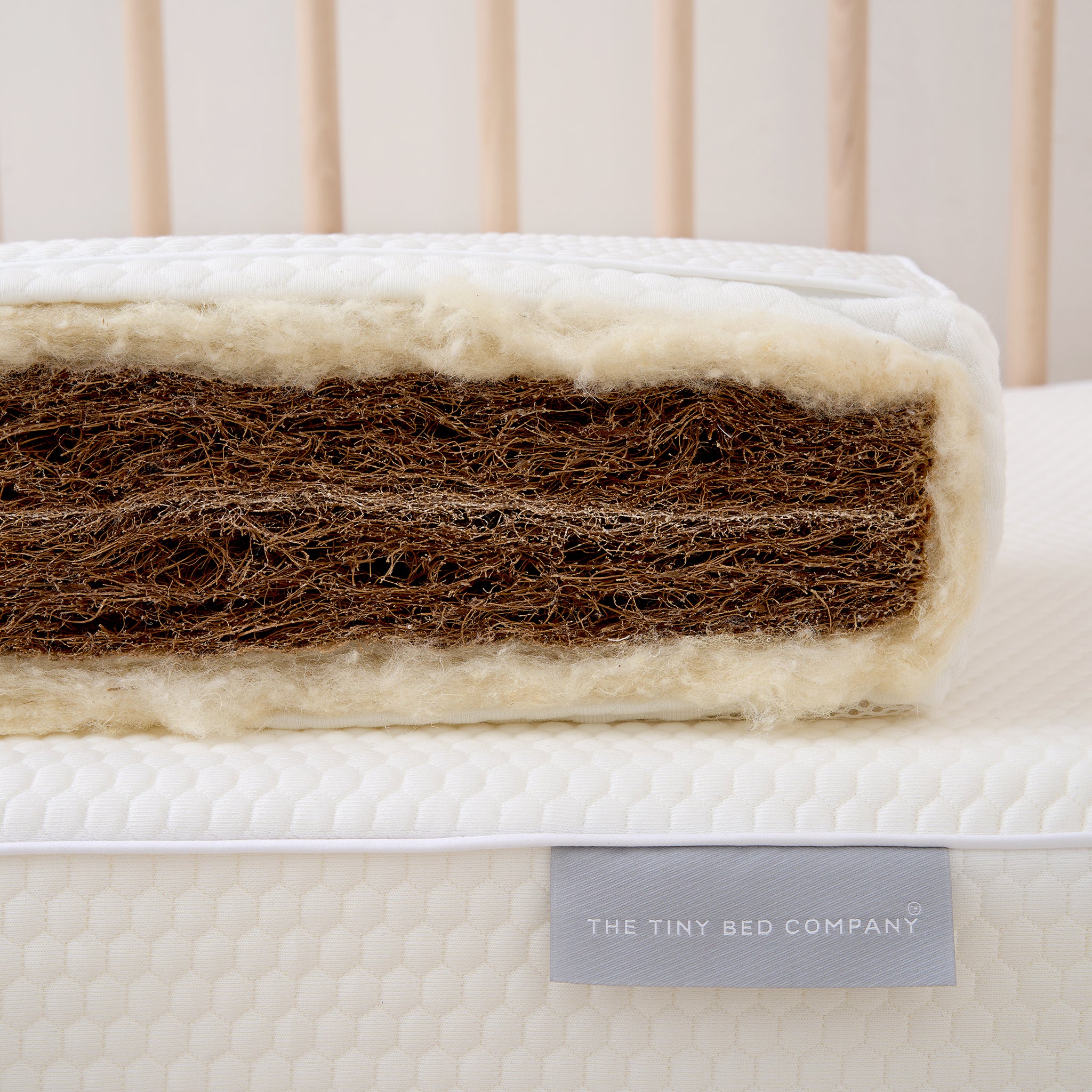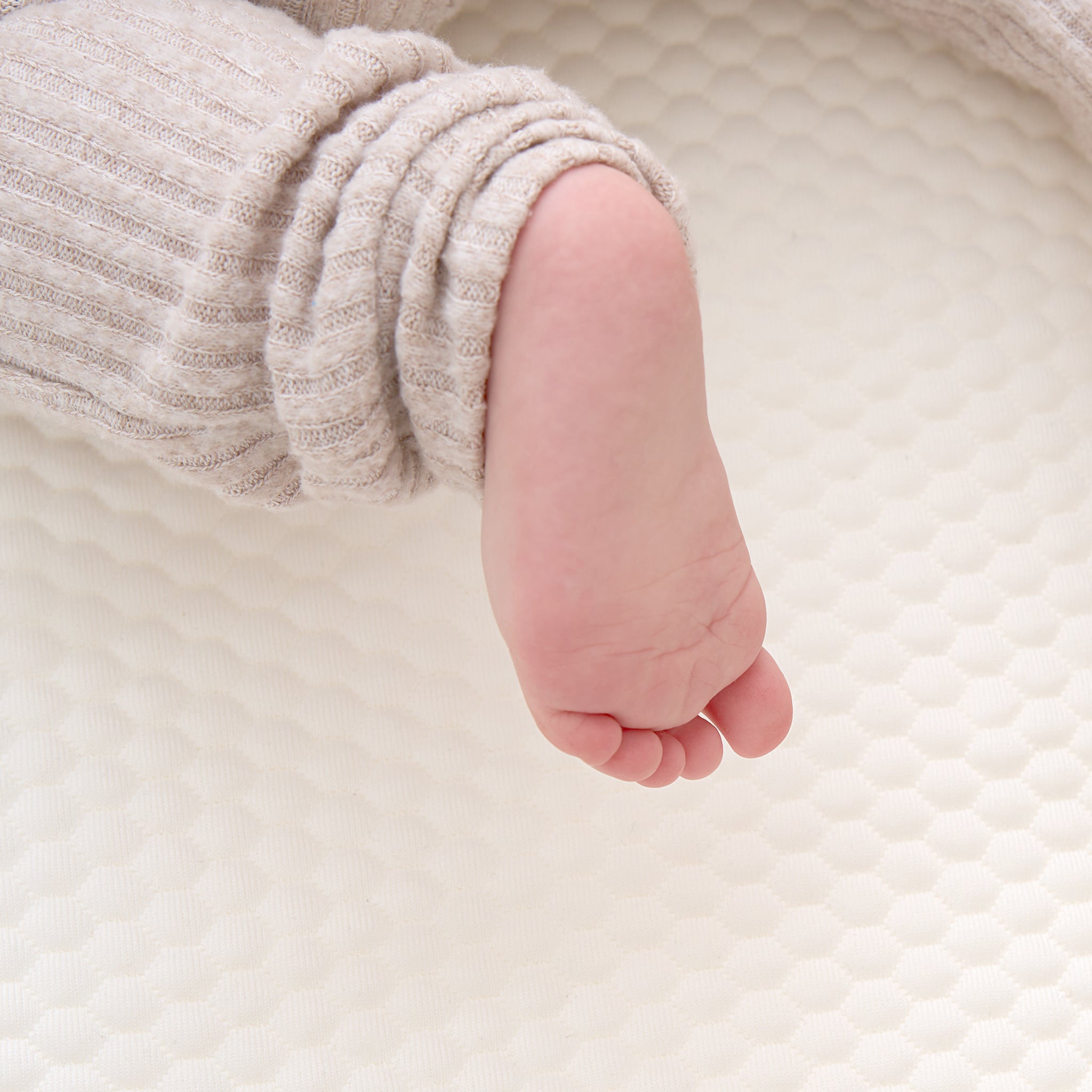The Magic of Skin-to-Skin Bonding: A Guide for New Parents
Welcoming a new baby into the world is an extraordinary experience filled with joy, wonder, and, admittedly, a fair share of nervousness. Amidst the whirlwind of feeding schedules, sleepless nights, and constant diaper changes, there lies a simple yet profoundly impactful practice: skin-to-skin bonding. This age-old method, supported by modern research, offers numerous benefits for both the baby and parents.
What is Skin-to-Skin Bonding?
Skin-to-skin bonding involves holding your newborn against your bare chest. For mothers, this typically happens immediately after birth, but it is equally beneficial for both parents and can continue for weeks and months as part of daily bonding time.
The Benefits for Baby
-
Enhanced Physical Health
- Temperature Regulation: Babies have a limited ability to regulate their own body temperature. Being held against a parent's chest helps stabilise their temperature.
- Heart Rate and Breathing: The close contact helps regulate the baby's heart rate and breathing patterns.
-
Improved Breastfeeding
- Latching On: For breastfeeding mothers, skin-to-skin contact can facilitate easier and more effective latching.
- Milk Production: The physical closeness stimulates the release of hormones like oxytocin, which promotes milk production.
-
Emotional Security
- Content Baby: The warmth and comfort of a parent's skin provide a soothing environment, reducing stress and promoting calmness.
- Better Sleep: The sense of security gained from skin-to-skin contact can lead to more restful sleep for the baby.
The Benefits for Parents
-
Strengthened Bonding
- Emotional Connection: Holding your baby close helps build a strong emotional bond. This connection is crucial for both the parent and the child, fostering a sense of security and love.
- Confidence in Caregiving: Especially for new parents, this practice can boost confidence in handling and caring for the newborn.
-
Mental Well-being
- Reduced Stress: The act of holding your baby skin-to-skin releases oxytocin, often referred to as the "love hormone". This can alleviate stress and promote feelings of happiness and relaxation.
- Combatting Postnatal Depression: For mothers, particularly, skin-to-skin contact has been shown to reduce the risk of postnatal depression.
How to Practise Skin-to-Skin Bonding
- Find a Quiet Space: Choose a comfortable and quiet spot where you can relax without interruptions.
- Dress Down: Remove any clothing on your upper body and dress your baby in just a nappy. You can also place a blanket over both of you for warmth.
- Position Your Baby: Lay your baby on your chest, with their ear against your heart. Ensure their head is turned to the side to keep their airway clear.
- Stay Close: Hold your baby for as long and as frequent as possible.
Conclusion
In the early days of parenthood, amidst the many new responsibilities and challenges, skin-to-skin bonding stands out as a simple yet profoundly impactful practice. It fosters a deep emotional connection, promotes physical health, and brings immense joy and comfort to both the baby and the parents. Embrace these precious moments of closeness; they lay the foundation for a lifelong bond filled with love and security.



